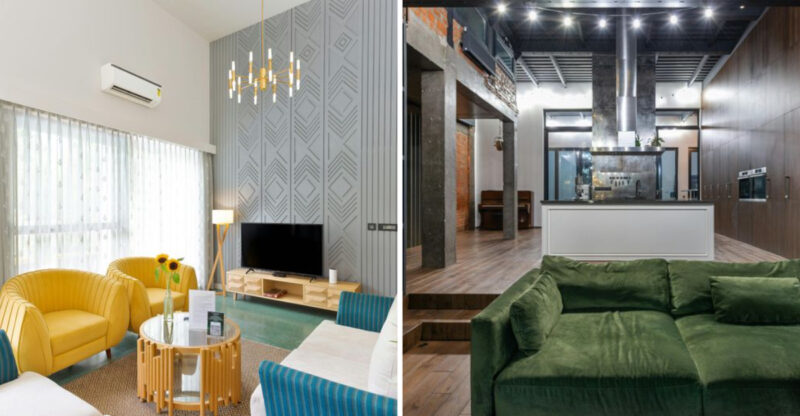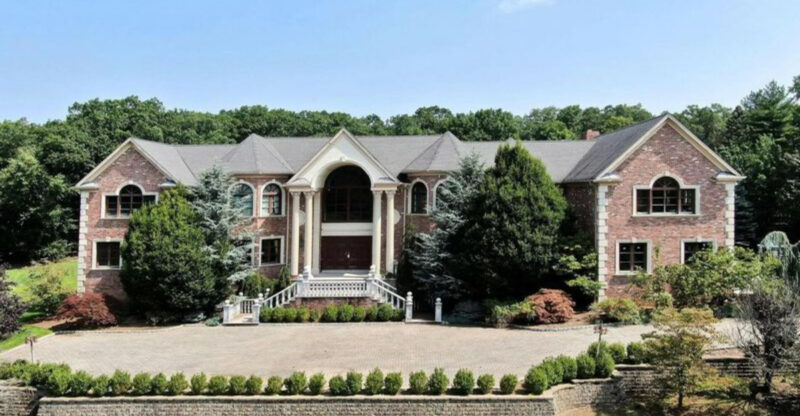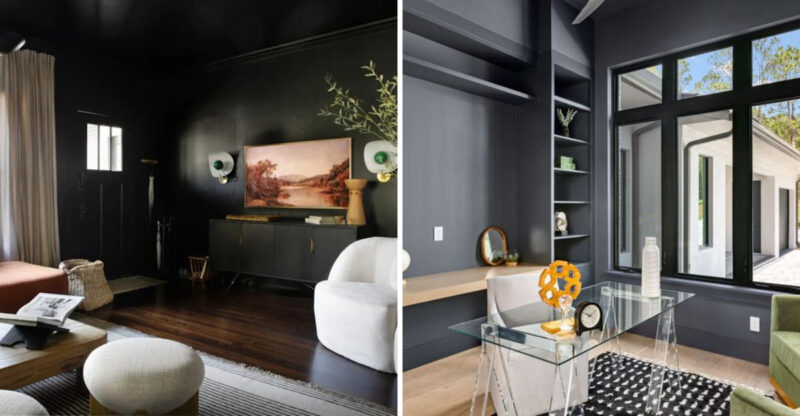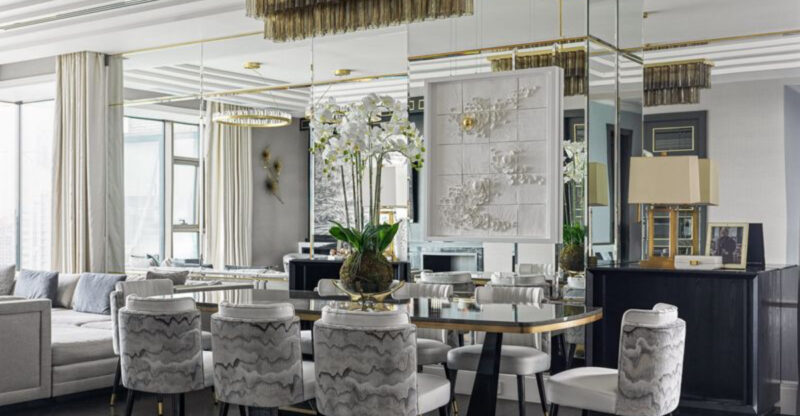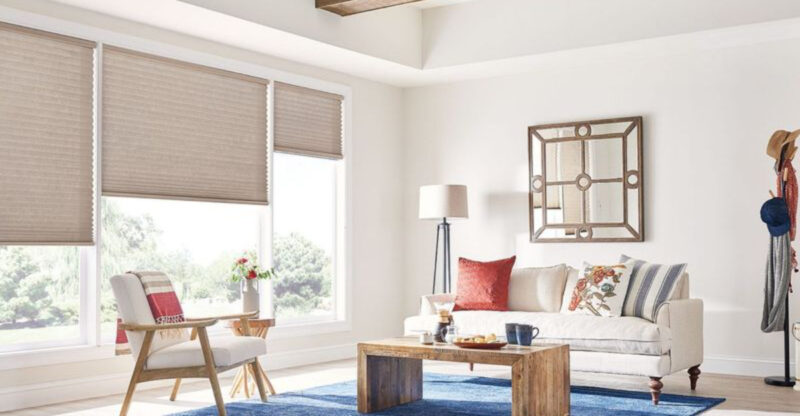10 Ohio Kitchen Styles Falling Out Of Favor With Homeowners This Year
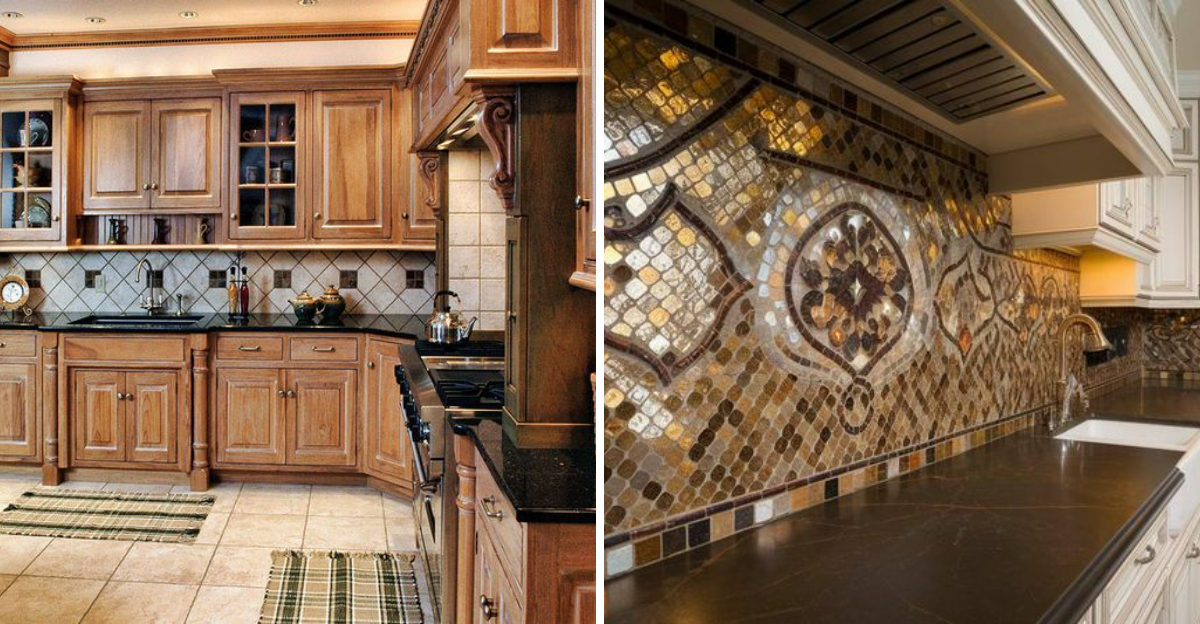
Ohio kitchens are changing fast, and some once-popular styles are quickly losing their appeal. Homeowners across the state are moving away from certain design trends that now feel outdated or impractical.
If you’re planning a kitchen update, knowing which styles to avoid can save you time and money while keeping your home feeling fresh and modern.
1. Open Upper Shelving Everywhere
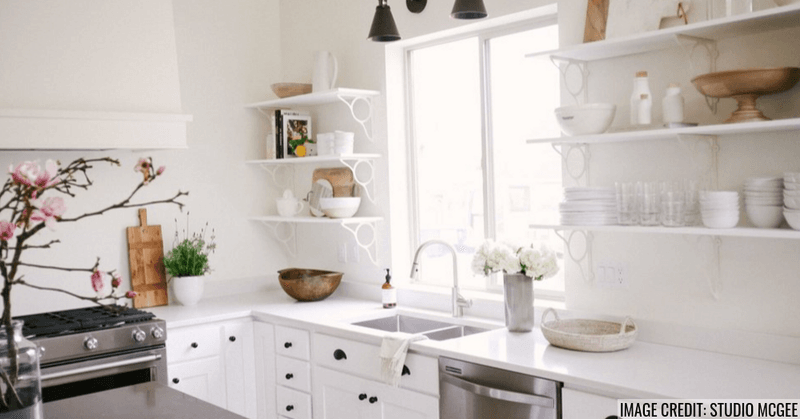
Floating shelves replaced upper cabinets in many trendy kitchen renovations recently. The look promised an airy, spacious feeling and easy access to everyday dishes and glassware.
Reality hit hard when dust settled on everything constantly. Keeping items organized and visually appealing became a daily chore rather than a design win.
Most Ohio families need actual storage space for their kitchen essentials. Open shelving works beautifully as an accent, but covering entire walls leaves homeowners frustrated with nowhere to hide their stuff.
2. Tuscan-Inspired Designs
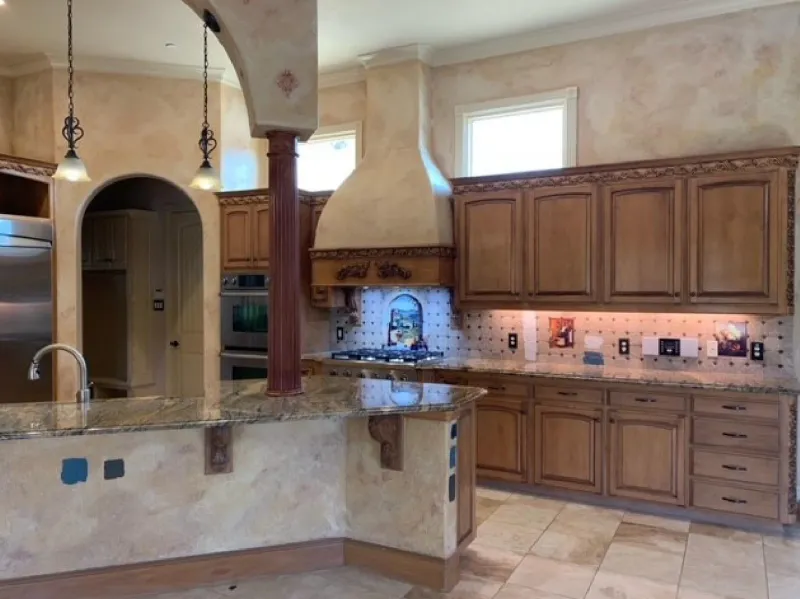
Heavy, ornate cabinets with decorative molding defined this Mediterranean trend years ago. Arched doorways and terra cotta color schemes felt exotic when they first appeared in Ohio neighborhoods.
Today, this style feels overly formal and dated to most homeowners. The dark wood and busy patterns make kitchens feel smaller and darker than they actually are.
Younger buyers especially prefer clean lines and simpler aesthetics. Tuscan kitchens require significant renovation to modernize, which hurts resale value and limits buyer interest in today’s market.
3. All-White Everything
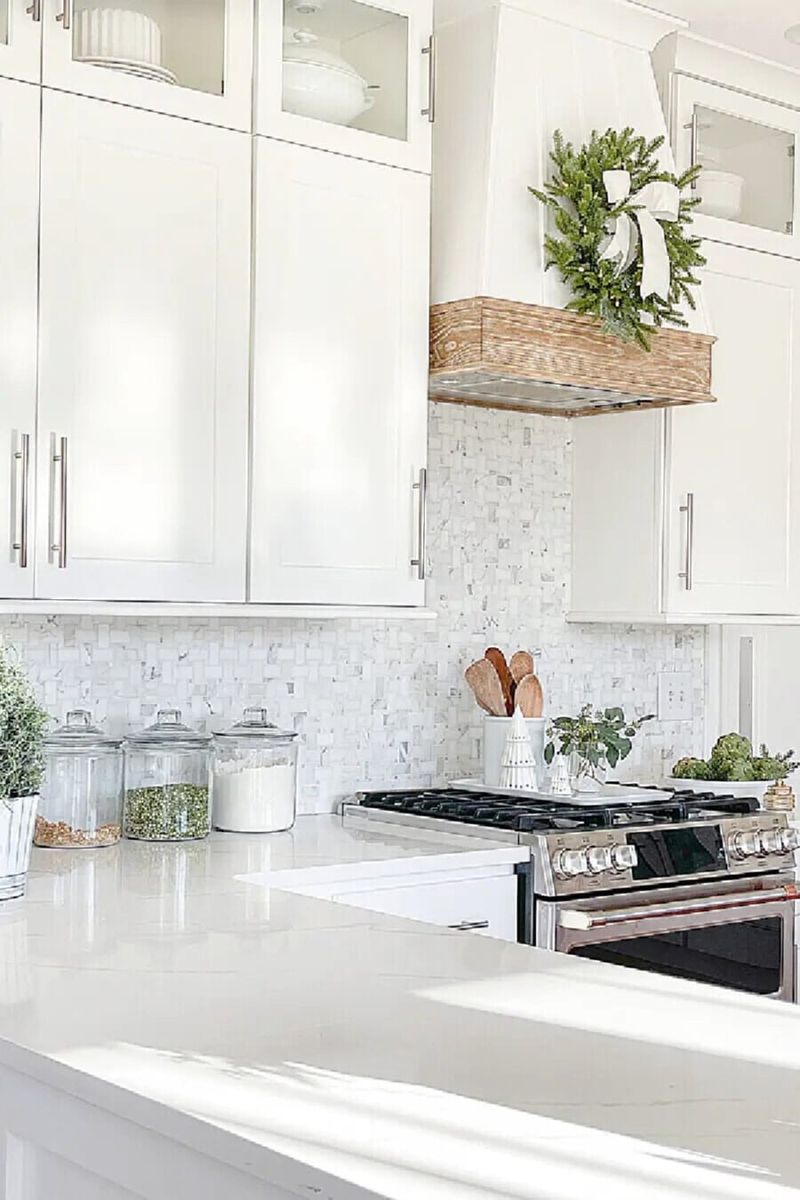
Stark white kitchens once dominated design magazines, but they’re losing steam in Ohio homes. Many homeowners now find them cold and uninviting, lacking the warmth families crave in their gathering spaces.
White surfaces show every fingerprint, smudge, and spill, making maintenance exhausting. Families with kids or pets quickly discover how impractical this style becomes.
Instead, people are choosing warmer neutrals like cream, beige, or soft gray. These shades still feel bright and clean but add character and hide everyday messes much better than pure white.
4. Farmhouse Sinks in Small Spaces
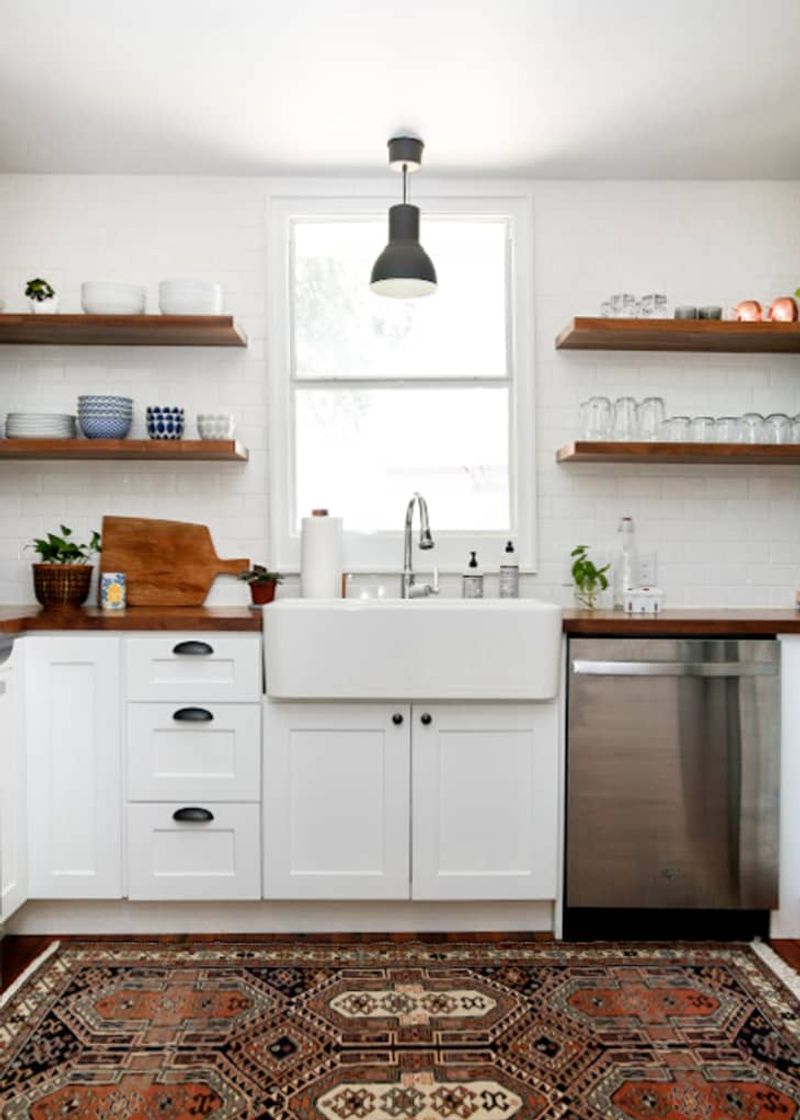
Oversized apron-front sinks became the must-have farmhouse feature everywhere. Their deep basins and charming appearance looked perfect in magazine spreads and social media posts.
In smaller Ohio kitchens, these sinks eat up valuable counter space. They also cost significantly more than standard undermount options without providing real functional benefits for most families.
Practical homeowners are returning to sleek, appropriately-sized sinks that fit their actual needs. Functionality matters more than following trends, especially when space comes at a premium in urban areas.
5. Granite Countertops with Busy Patterns
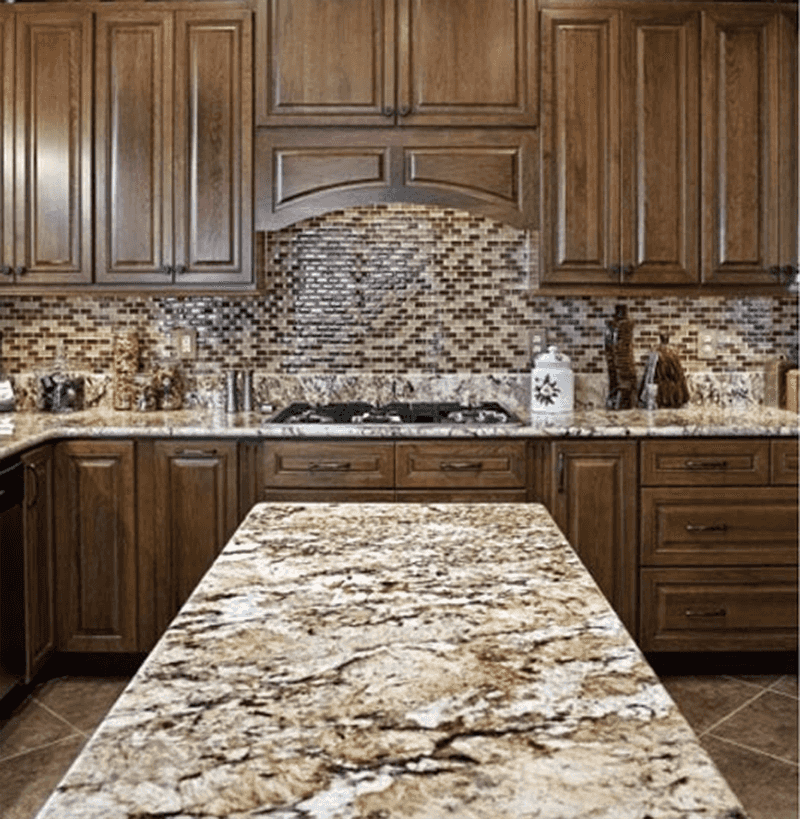
Granite ruled kitchen countertops for decades, especially varieties with dramatic veining and multiple colors. Homeowners believed these surfaces added luxury and increased property values automatically.
Now, those busy patterns feel overwhelming and dated to fresh eyes. They clash with modern cabinet styles and make coordinating other design elements incredibly challenging.
Simpler surfaces like quartz or marble with subtle veining are taking over. These materials offer easier maintenance and timeless appeal that won’t look embarrassingly outdated in five years.
6. Matching Appliance Suites in Bold Colors
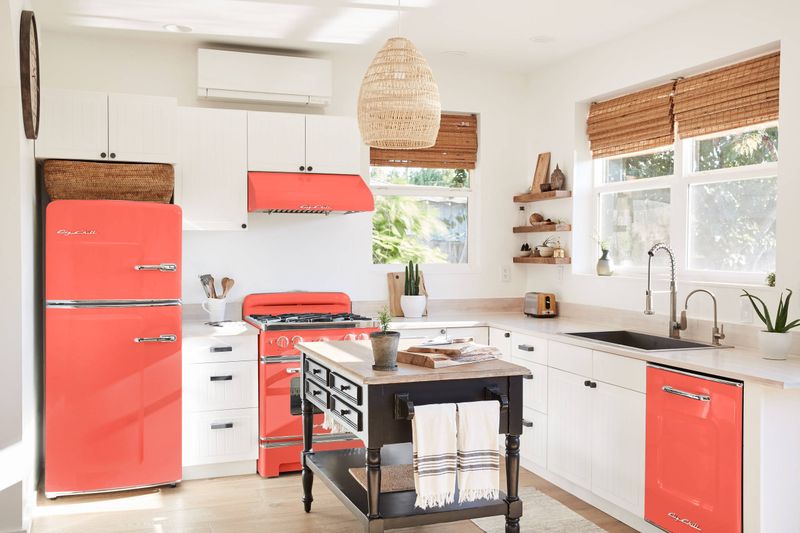
Brightly colored appliances in matching sets promised personality and uniqueness. Red refrigerators, blue stoves, and coordinating dishwashers made bold statements in Ohio kitchens trying to stand out.
That boldness quickly becomes a burden when tastes change or appliances need replacing. Finding exact color matches years later proves nearly impossible, and the look feels gimmicky now.
Stainless steel or panel-ready appliances offer flexibility and timelessness. Homeowners can express personality through easily changeable elements like paint colors, accessories, or backsplash tiles instead.
7. Two-Tone Cabinets with High Contrast
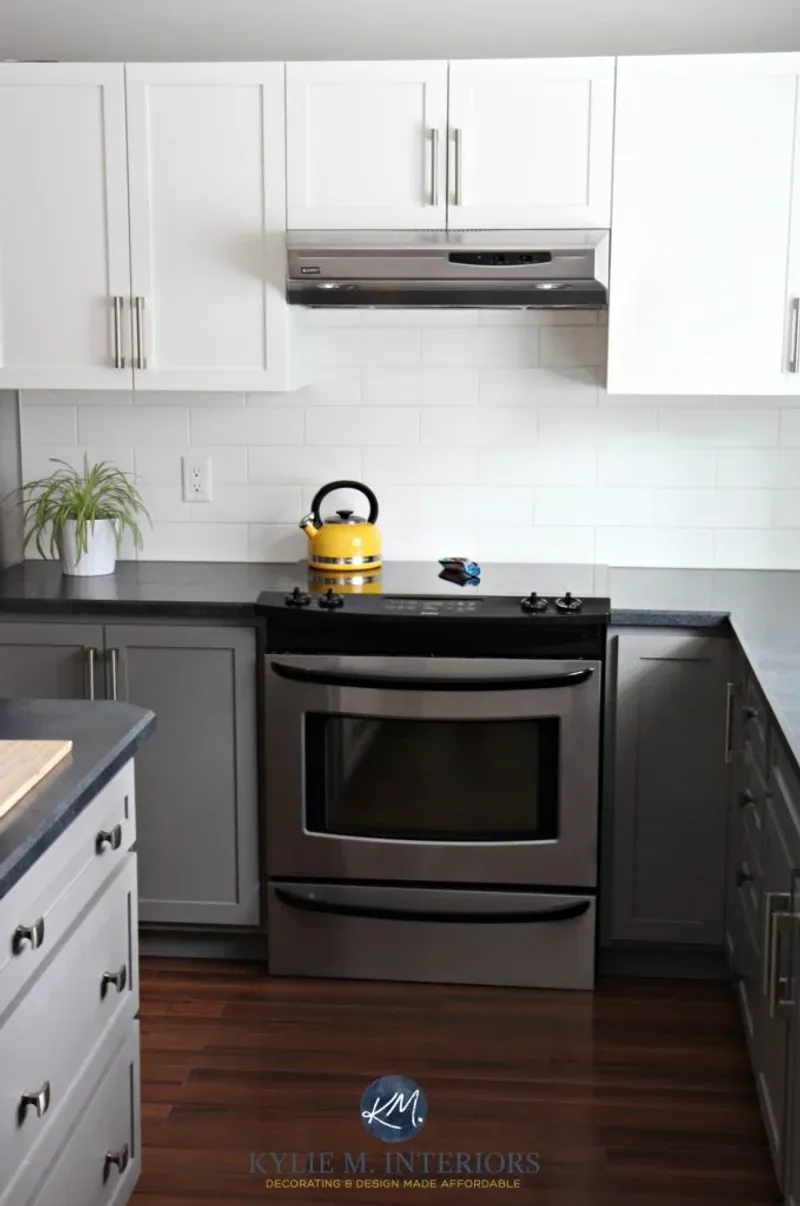
Pairing dark lower cabinets with bright white uppers created dramatic contrast everywhere. This trend promised visual interest and a designer look without completely committing to one color scheme.
The stark division often makes kitchens feel choppy and disjointed instead of cohesive. High contrast can also make spaces feel smaller and more closed-in than intended.
Subtle variations within the same color family work better for most homes. Homeowners are choosing harmonious palettes that flow naturally rather than jarring combinations that demand attention.
8. Decorative Range Hoods as Focal Points
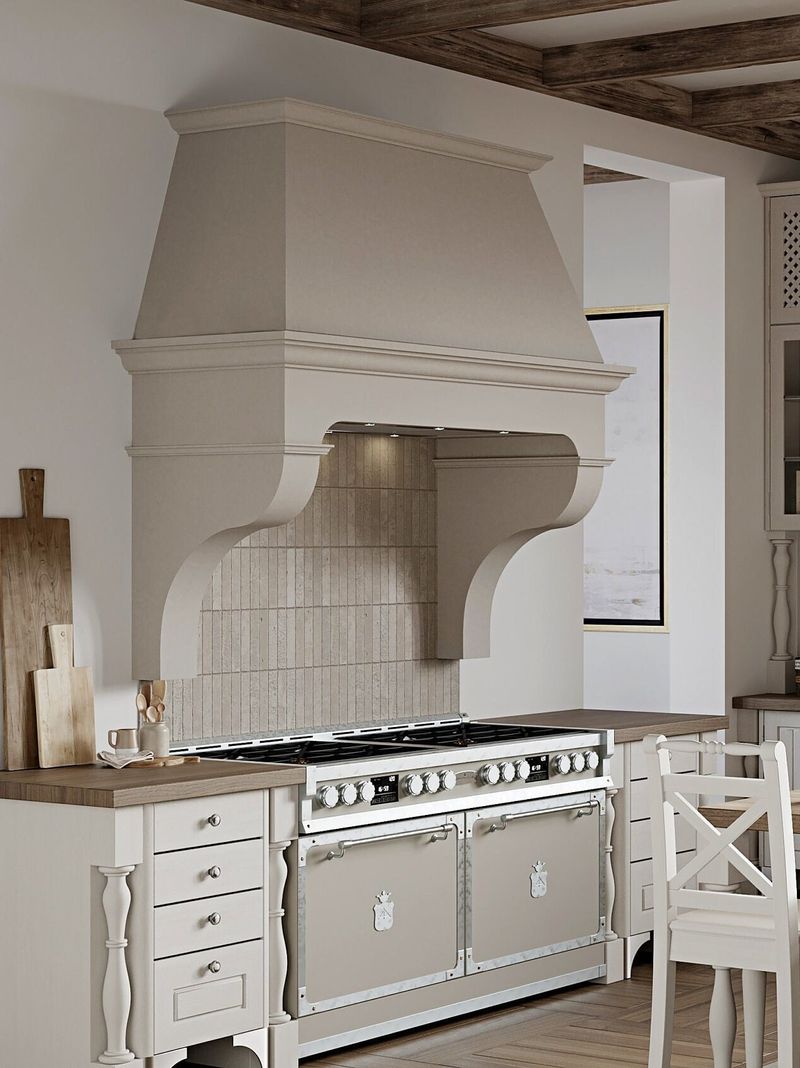
Elaborate range hoods with corbels, trim work, and custom detailing became statement pieces. These focal points drew the eye immediately and signaled a high-end, custom kitchen design.
Many Ohio homeowners now find them too fussy and difficult to clean properly. Grease and dust collect in all those decorative crevices, creating maintenance nightmares.
Sleek, minimalist ventilation solutions are winning out instead. Simple designs that blend seamlessly with cabinetry feel more sophisticated and require far less effort to keep looking good over time.
9. Distressed Cabinet Finishes
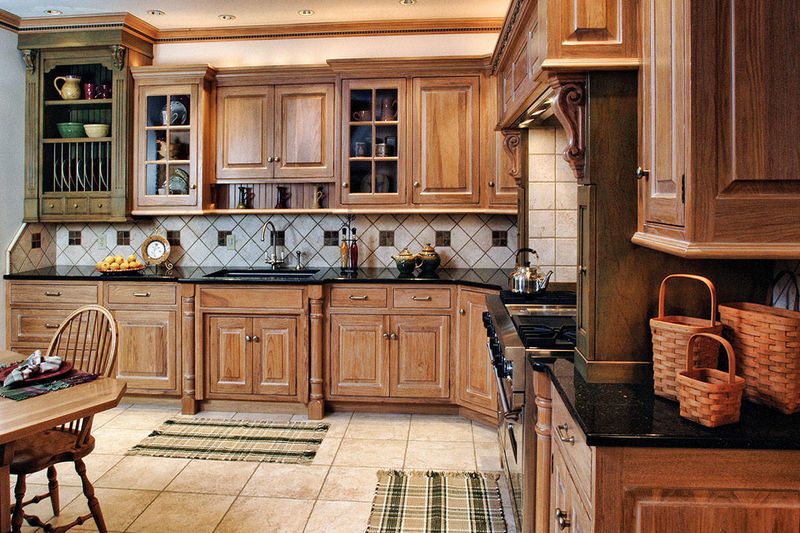
Cabinets with intentionally worn, chipped, or distressed finishes used to add rustic charm to kitchens across Ohio. Many homeowners loved the vintage cottage look these finishes provided. However, the trend has started feeling overly busy and cluttered to modern eyes.
Clean lines and smooth surfaces are taking over as people want spaces that feel calm and organized. Distressed finishes can make even spacious kitchens appear smaller and darker than they actually are. They also collect dust and grime in all those nooks and crevices, making cleaning more difficult.
Ohio buyers today prefer sleek cabinetry with simple hardware that creates a timeless, uncluttered aesthetic for daily living.
10. Ornate Tile Backsplashes with Complex Patterns
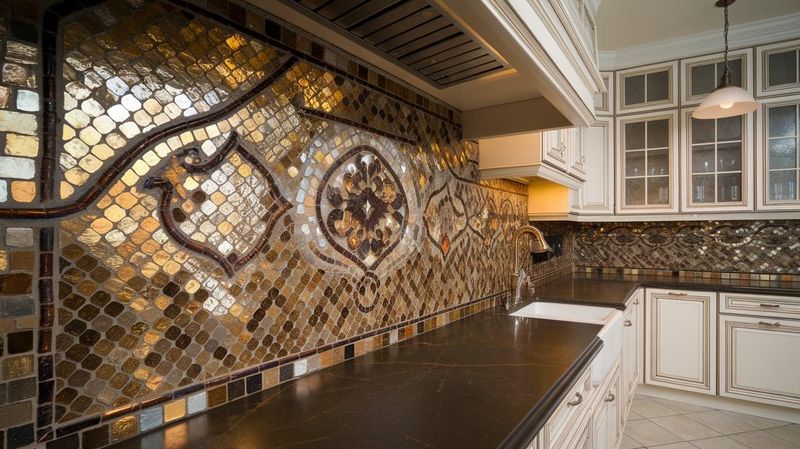
Backsplashes covered in elaborate mosaics, intricate patterns, and multiple tile colors once served as stunning focal points. Homeowners would spend hours selecting the perfect combination of decorative tiles to showcase their personality. But tastes have shifted toward simpler, more understated designs that don’t compete for attention.
Busy backsplashes can overwhelm the kitchen and make the space feel chaotic rather than cohesive. They’re also harder to coordinate with changing décor or new appliances over time. Cleaning grout lines between dozens of tiny tiles becomes a tedious chore nobody enjoys.
Today’s Ohio kitchens favor subway tiles, large-format slabs, or subtle textures that complement rather than dominate the room.

